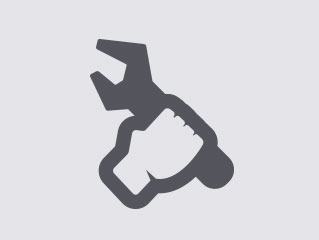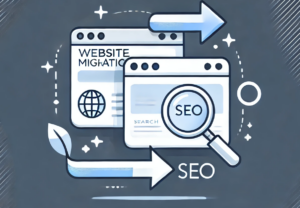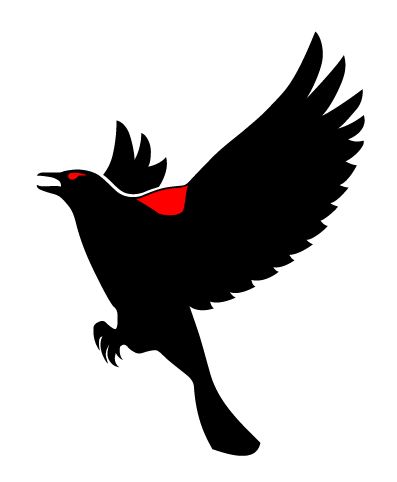I’ve written about this before (read Building a Website & Getting it Found Online is Not a “Once & Done” Tactic), but unfortunately many people still believe if they build and optimize a website once their site will be #1 in Search. Sadly this is rarely if ever the case with SEO and Web Design.
 You could look at it like buying a bike. When you buy it and take it home from the bike dealer it is shiny and new. Everything works great. Gears shift smoothly and you can stop on a dime with the brand new breaks. You know what it’s like, it’s exciting!
You could look at it like buying a bike. When you buy it and take it home from the bike dealer it is shiny and new. Everything works great. Gears shift smoothly and you can stop on a dime with the brand new breaks. You know what it’s like, it’s exciting!
To keep your wonderful new bike in top shape you need to do some small regular maintenance. You need to oil the chain to make sure it doesn’t start to wear out and maybe eventually break. If you ride it in the rain, wiping it down afterward is good practice to keep it from corroding, rusting or so pieces of dirt or rock don’t damage the rims when breaking. The brakes may need adjusting or the pads may need replacing. It’s the same with websites.
This is why many SEO experts charge a monthly or quarterly fee. As you add blog posts, pages or other content, even when you remove content, you need to think about how it affects the optimization of the site.
Create a Procedure for Updating and Optimizing Your Website
One of the best things you can do is create a process for website updates and optimization. If you have a system in place for adding and removing content as well as optimization, you’ll have a concise process that leads to the best SEO results. This will ensure that everyone in your organization is on the same page and your site stays uniform.
Here are a few examples:
- New pages and posts: Each time you add a new post or page you should take into account a few aspects. What is the purpose or intent of the page/post? What keywords are you targeting? What part of your business does the post or page support? Each post or page should be designed with these factors in mind.
- Moving content and redirects: This is critical when developing a new site as well as maintaining a website. Maybe you have a page that is no longer relevant and you want to remove it. If the page received any traffic you need to create a 301 redirects (permanent redirect) to let the search engines know where the visitors show go now.
- File naming: With the invention of Universal Search, it is now possible to rank for multiple types of media. So you can be found in search via many different types of media. By making sure that your files are name correctly, i.e. clearly describe the content or media and include relevant keywords, you have a better chance of ranking in multiple ways. You can also add descriptions for images and other content.
- Linking – Internal and Inbound Links: Both are very important. For inbound links you should create a standard for linking before you start acquiring links. This means the anchor text should be established as well as what type of links you want to acquire. Internally this also means making sure links are up to date and not pointing to pages that have been removed.
Having a process in place will definitely help keep your website uniform and help maximize your SEO efforts. So if you don’t have one, get your process plan in place today!
Need help with your process? Contact us to see how we can improve and maintain your website and digital marketing.



